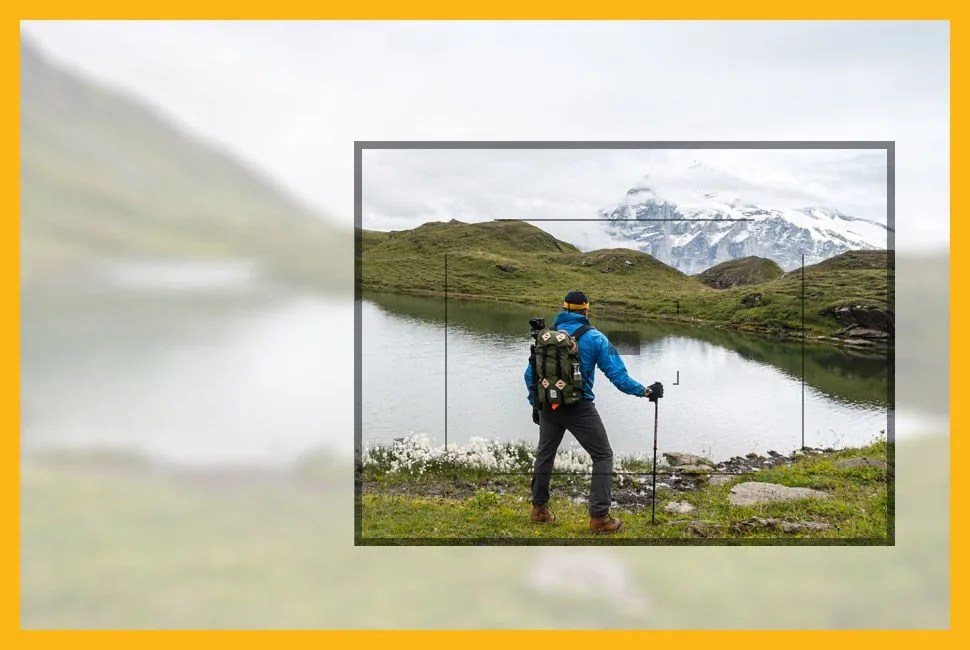Chances are you’ve got a camera staring back at you, just above your screen (laptop, tablet or smartphone) as you read this. They’re everywhere, and we brandish them at every sunset and innocuous cat. It’s the age we live in: where a camera is among the most accessible utilities in the world. But it wasn’t always this way. Back in the ’50s and ’60s, it was Kodak’s Brownie camera, with its compactness and affordability, that brought the art of photography to more than just the professionals and the rich. In a few decades, the Brownie 127 landed in the hands of millions of people, and what was once a professional trade and high art became a hobby and common practice.
But just because everyone has a camera doesn’t mean everyone knows how to capture a good image. And if you look at most successful photography, it’s all framed well. There are a couple tricks of the trade that can help you compose a better shot, whether it’s with your Leica M6, Canon EOS 70D or just a selfie stick.

1The rule of thirds. Most smartphones and DSLR cameras have an option to display a grid on the screen. That’s not just there to help you neatly section off your subject. Think of the intersecting lines as crosshairs. Aim to get your subject on or near the lines or crosses. With the way we perceive images, off-center objects offer up dynamism and create compositions that keep your eye moving around the image.
2Keep it simple (and in focus). At first glance, your brain will focus on objects of interest. If the image is cluttered and complex, your eye will have a hard time picking out the visually stimulating subjects. A clear focal point is key.
3Fill the frame. You’ve got the entire frame, so use it. Empty space quickly becomes boring and confusing. With a massive blank space, and your subject dwarfed by comparison, your viewer will be left wondering what to look at. Zooming in or moving closer to your subject will make it clear what the intended focus is supposed to be.
4Keep it off center. When your subject is dead center, the image can become stagnant. With nowhere for subject to go, it leaves nothing to the imagination. When looking at an interesting image, you want the eye to travel, moving fluidly throughout the image. If everything interesting is packed in the center, your eye has nowhere to go.
